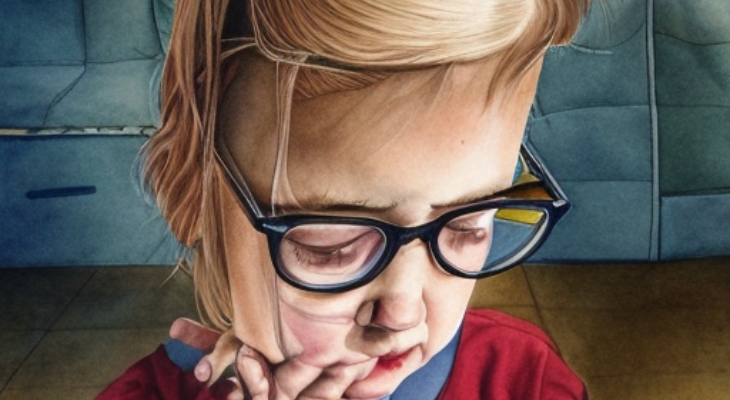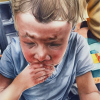How Early Trauma Changed a Teacher’s Approach to Education
As an educator and also someone whose life is affected by childhood trauma, I was very interested in attending Our Better World’s events on the topic. Coming from another country, I was also interested in hearing from people with a different background from my own, to learn from the commonalities and differences between our experiences.
One of the things I’m most aware of as a foreign teacher is that grades can be a source of trauma, as it was for both Edwin and Sharon. Edwin was punished by his parent for poor grades, and he said that this is “a very Asian thing,” and certainly, it’s not as common in my home country of Australia. Whichever country you are from though, it is almost always teachers who are on the front line supporting traumatised kids.
Childhood trauma can manifest itself in a wide variety of negative behaviours that impacts children’s ability to learn: from not paying attention, to avoiding doing work, to aggression and bullying. I’ve had to work with and support students who show signs of trauma throughout my 22-year career, and it can be very hard to approach these children with compassion when my own trauma resurfaces during the interaction.
Emma’s story
Neither of my parents were physically abusive, but with an emotionally distant mother and a verbally abusive father, life at home was tense. I found myself reliving those traumatic memories while reading about the abuse that Edwin and Sharon endured. Neither of my parents had the space to focus on my needs or set healthy boundaries. And it wasn’t until I became a teacher myself, that I understood how this abuse negatively impacted my own learning.
I drifted through my lessons at school, believing I wasn’t a smart student because I struggled with complex ideas. I would forget instructions almost as soon as the teacher said them, but never had the confidence to ask for help. And I would often forget what I’d learned from one lesson to the next. I struggled through high school, and barely scraped through my degree as my depression and anxiety worsened. I had so much difficulty understanding and remembering, I genuinely believed that there was something very wrong with me.
How trauma affects learning
Then I learned how childhood trauma changes the structure of a child’s brain, causing overdevelopment of the amygdala, the so-called “lizard brain” where our fight-flight-freeze-fawn response originates. It also causes underdevelopment of the hippocampus, where higher thinking and memory processing takes place. All information passes through the amygdala before it enters the hippocampus.
For children whose amygdala is overdeveloped and experience high levels of anxiety from trauma, the panic that rises when they’re not sure what to do, triggers their panic response. Consequently, any information being taught is blocked from entering the hippocampus, as the brain tries to deal with what it perceives as a crisis.
I was never stupid. But with my brain almost constantly in panic mode, I never had a chance to be a good student.
Trauma awareness in education
Understanding the effects of trauma has impacted every aspect of my teaching. I try to always approach my students with compassion and respect, understanding that their struggles may come from early trauma.
I set clear boundaries in my classroom so they always know what is expected of them, and reinforce these kindly when students cross the line. I work at maintaining this safe space where they don’t get shouted at or scolded.
While I can’t say I’m glad it happened to me, I think that having experienced childhood trauma myself helps me to be a better teacher.
Better trauma education for teachers
I think my journey from child to teacher highlights how important having broad training in education is. Teacher education should not just be about how we plan or deliver a lesson. We are also, in effect, counsellors to our students.
We’re regularly trained to recognise and report signs of trauma and abuse in our students (called safeguarding), but we’re not trained in how to support these students emotionally on a day-to-day basis.
We’re taught classroom management strategies, but we also need to know how to help students control their own behaviour, something which can be difficult for children dealing with trauma.
Education for teachers is improving, but there is still a long way to go.





